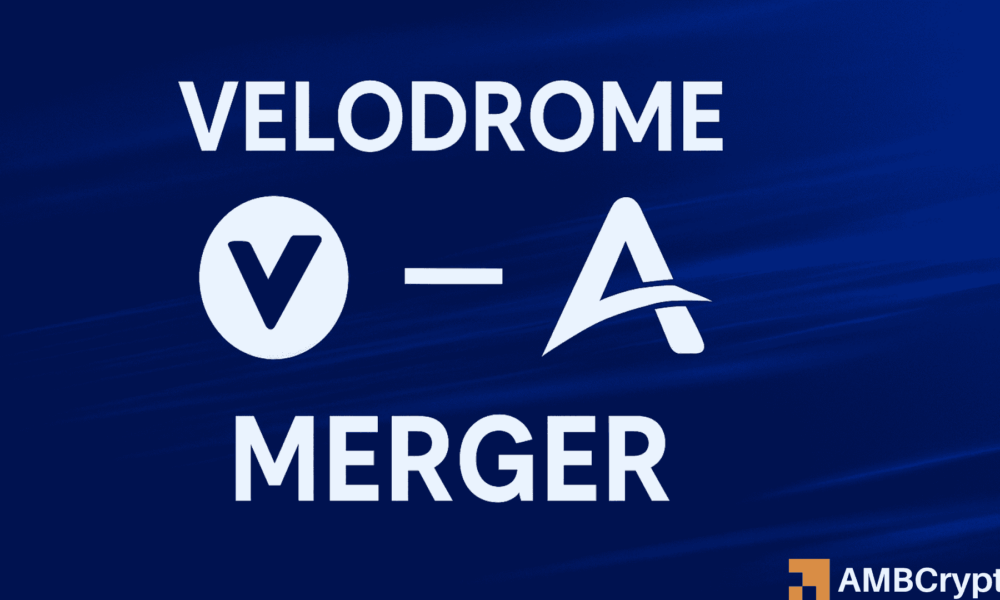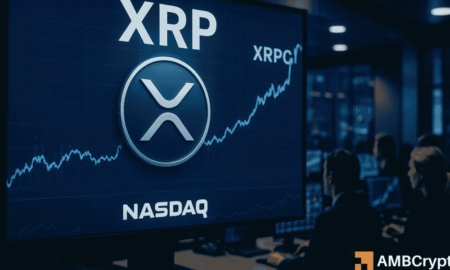The Aero Merger: A New Era for Decentralized Exchanges
In a significant development for decentralized finance (DeFi), Aerodrome and Velodrome Finance have merged under the newly established Dromos Labs to create Aero. This merger marks the advent of a powerful cross-chain decentralized exchange (DEX), merging the strengths of the leading trading protocols on both Base and Optimism. At its core, Aero aims to unify governance, liquidity, and incentives across various Layer 2 networks, bridging the gap in fragmented ecosystems.
Token Distribution Dynamics
Aero’s token distribution reflects a strategic balance between the two merging entities. Existing Aerodrome (AERO) holders will receive a substantial 94.5% of the new token supply, while Velodrome (VELO) holders will get a mere 5.5%. This disparity in distribution underscores the significant difference in total value locked (TVL) between the two platforms, with Aerodrome boasting approximately $479 million compared to Velodrome’s $55 million. Such a distribution strategy not only rewards Aerodrome’s loyal user base but also acknowledges its dominant market position in decentralized trading.
Unique Features of Aero
What sets Aero apart from other Layer 2 DEXs is its innovative combination of Velodrome V2’s vote-lock governance model with Aerodrome’s advanced emissions engine. This blend is designed to optimize reward distribution and enhance voting efficiency, which is crucial for user engagement in decentralized governance. Furthermore, the introduction of a concentrated liquidity model—dubbed "Slipstream V2"—aims to minimize slippage and maximize capital efficiency, thereby appealing to a broader audience of traders and liquidity providers.
Broadening Horizons
Initially, Aero will operate across Base, Optimism, and the OP Superchain. The roadmap also includes plans to expand to the Ethereum mainnet, targeting a significant increase in liquidity. This move will pave the way for deeper engagement with various assets and trading pairs, enhancing the overall user experience. Additionally, Aero will integrate Circle’s Arc network, which will leverage USDC’s $73 billion circulation for seamless fiat-to-crypto bridges. This integration represents a significant opportunity to attract users looking for frictionless trading experiences.
Learning from Past Partnerships
Unlike some recent troubled mergers, such as the failed alliance involving Fetch.ai, SingularityNET, and Ocean Protocol due to governance disputes, the Aero merger is notable for its coordination and transparency. The collaborative nature of the transition suggests that lessons have been learned from previous integration failures. By maintaining a clear development strategy under a unified team, Aero seems poised for stable growth, setting a new benchmark in the DeFi space.
Implications for the Future of DeFi
The Aero merger signifies a crucial turning point in the DeFi landscape, where collaboration and interoperability become the new norm. As Layer 2 networks continue to mature and liquidity becomes more fluid, Aero stands the chance of becoming the first large-scale DEX to unify on-chain trading across multiple rollups. Market data indicate that while Velodrome’s tokens have experienced declines in value, the overall potential for increased trading volume and liquidity through Aero could shift market dynamics positively.
In conclusion, the Aero merger represents a pivotal moment in decentralized finance. By combining the strengths of Aerodrome and Velodrome, Aero is set to redefine decentralized trading and drive further innovation in the DeFi sector. The successful integration of distinct governance models and liquidity strategies promises to enhance user experience while setting a precedent for future collaborative endeavors in blockchain technology.
















